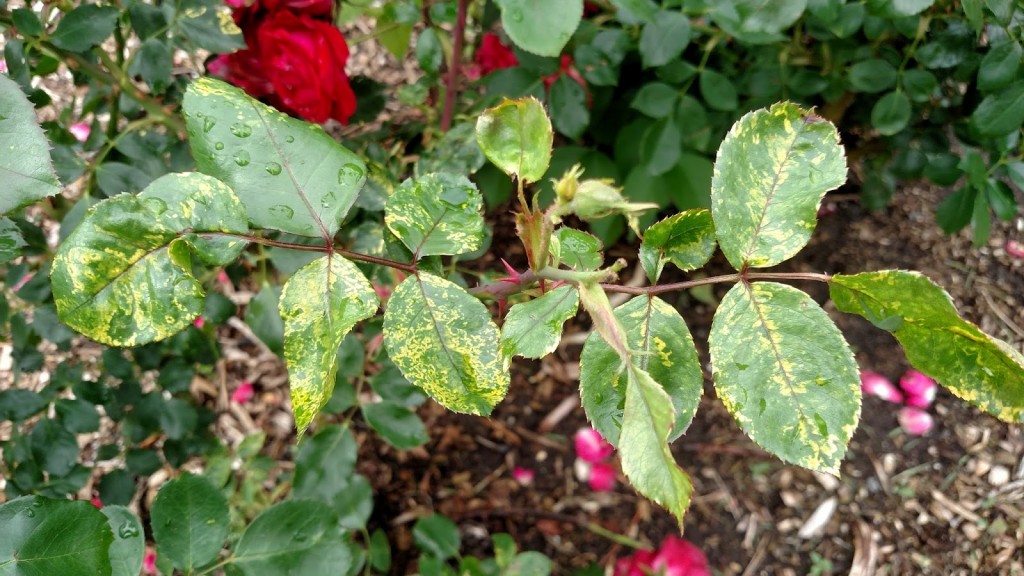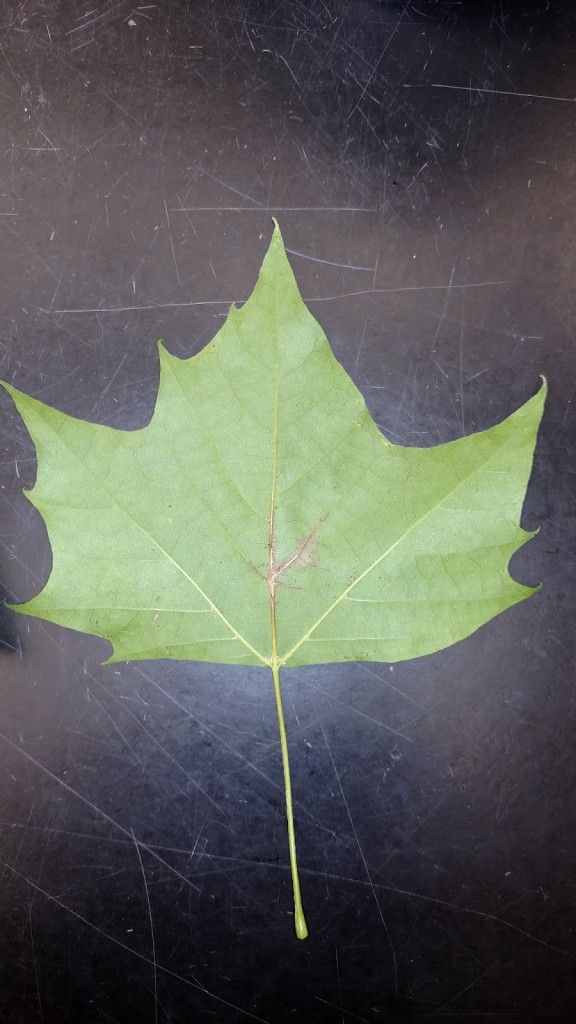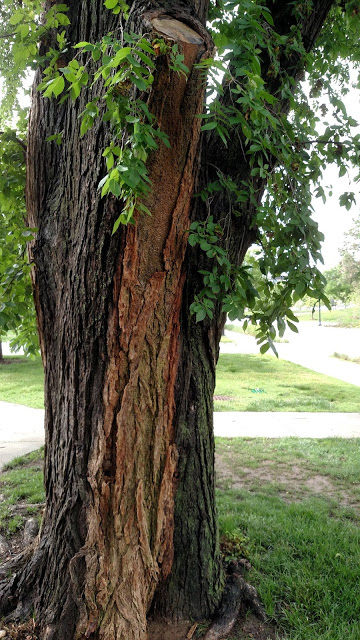Here are a few quick pics from the diagnostic lab. These photos were taken by our summer intern, Beth McKinzie.
Rose mosaic virus:
Rose mosaic virus is caused by several viruses, sometimes in combination. There is no control for this disease once the plant is infected. Diseased plants are not killed outright but may have reduced vigor and are more prone to winterkill. Symptoms are most prominent on new growth in spring. The virus is spread by propagation practices. Remove and destroy affected plants.
Sycamore anthracnose:
Anthracnose diseases affect several tree species in Kansas. Anthracnose causes brown irregular leaf spots, often along veins. Premature leaf shedding and twig blighting can also occur. Symptoms develop during wet spring weather. Anthracnose is rarely damaging and primarily cosmetic, with no management needed. Trees usually produce new foliage and recover with the onset of warmer, drier summer weather. For more on anthracnose in shade trees, you can read more HERE.
Bacterial wetwood:
Wetwood is caused by multiple species of bacteria that reside inside the tree. It is common in elm, cottonwood, maple, mulberry, oak, willow, and sycamore. Liquid oozes from wounds and cracks and runs down the bark, leaving discolored streaks on branches or trunks. This is primarily cosmetic and no management is needed.



